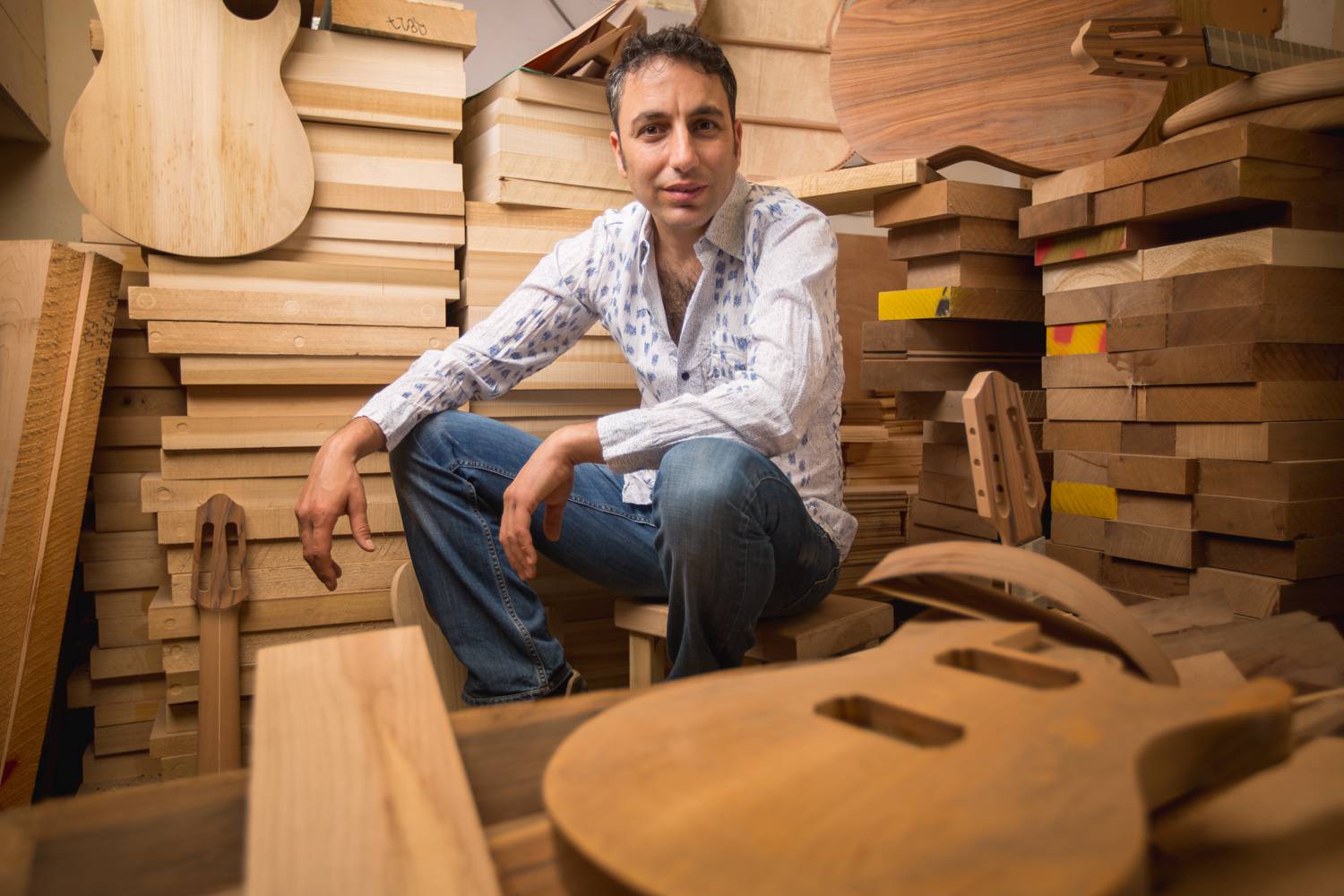
A few years ago, my band, Swing De Gitanes, and I played a series of concerts with Evan Christopher – one of today’s leading clarinetist. Between the performances, we had a great time talking about music. We decided to record the ideas we talked about and share them with you.
I divided our talk into 3 parts. In this first part, we talk mainly about swing origins, groove and time.
Get Swingin'
Django Reinhardt was just blown away by Louis Armstrong’s amazingly beautiful phrasing when he heard his records. He listened to and played with such American musicians as Coleman Hawkins, Benny Carter and Bill Coleman and found a way to translate what they were doing onto the guitar and really make it his own, more than any other European musician.
Going back and listening to Louis Armstrong can help us, swing guitarists, to get into Django’s head and the heart of the source.
Playing The melody
Improvisation in New Orleans, at the swing era, grew out of embellishing the melody. it was once a matter of pride to have your own version of a melody.
Lorenzo Tio Jr. who taught most of the New Orleans clarinetists, didn’t actually teach jazz, but rather playing a tune and having a good attack.
Playing for dancers was also an important impetus of jazz. Players needed to inspire the dancers.
Choosing the right tempo
In order to choose the right tempo of a song, think of the feeling and groove you’re looking for. You can also think of a spot in the song where the feeling is most evident or even of another song with the same feel. For example, Evan chose the same tempo as Sonny Rollins’ St. Thomas for a piece with a similar Caribbean feel.
Something to think about: It’s impressive to show off a great technical vocabulary once you’ve mastered it, but Django often plays moderate tempos and even Django’s fast recordings sound slower, because he plays fast only when it’s so natural to him, stressless and effortless. Those pieces are probably in 2/4 rather than 4/4. Louis Armstrong’s Dinah, for example, sounds quite relaxed, but is the same tempo as John Coltrane’s Giant Steps, about 270 bpm.
Keeping the tempo
Every musician on the bandstand has to be a drummer. Everyone is responsible for the rhythm. Everybody’s playing the pulse, very accountable to the rhythm. The best bands discuss and decide on what relationship they want to have. For example, listen to the differences between the pulse of drummers and bass players in more modern music and hear that different rhythm sections had different relationships. For more traditional music, it is just a matter of listening to Louis. Plain and simple – Louis Armstrong will unlock all the secrets of jazz – his singing and playing.
